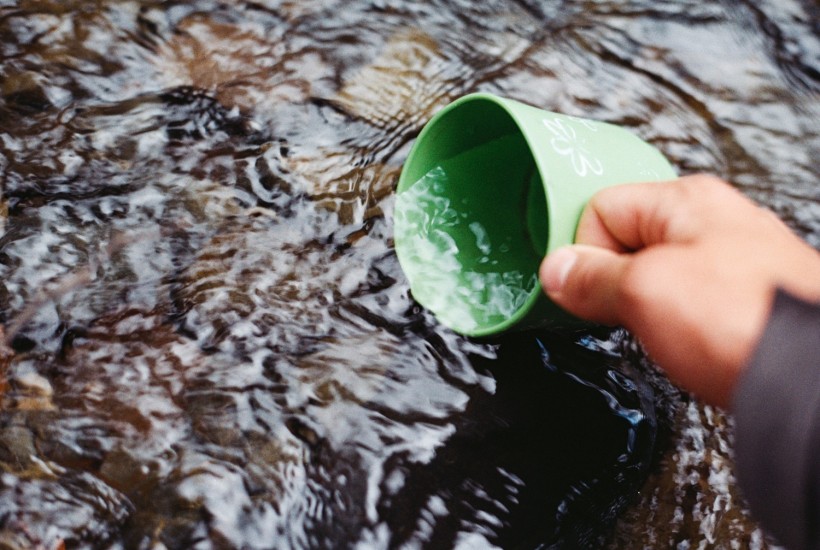The water we consume comes from natural sources. In an era before the development of water filtration technologies, we source water from natural waterfalls, rivers, and lakes. However, in this modern century, is drinking water that have not been purified still safe? Read this article to learn more.
Safety Issues of Drinking Fresh Water
 (Photo : Pexels/Jens Johnsson)
(Photo : Pexels/Jens Johnsson)

Drinking fresh water from natural sources may be necessary if you run out of water or cannot bring enough water for outdoor activities. However, drinking water that has not been treated, such as water from wells, rivers, or springs, including mineral springs, can result in various health risks, including gastroenteritis and diarrhea. When it comes to the severity of gastrointestinal disorders, the very young, the elderly, and those with compromised immune systems are particularly susceptible to such conditions.
It is essential to examine the appearance of natural waterways before choosing them to utilize as a source of drinking water. If the water is clear, without any surface waste or debris, and does not smell, then it is probably free of pollutants than dark, stinky water that has apparent surface scum. However, the water's physical appearance does not indicate that it is safe to consume due to the presence of contaminants.
When the situation calls for it, you're better off drinking flowing water instead of stagnant water. Avoid water from downhill towns without sewers or drains, camping locations, mining zones, agricultural districts, or cities.
Read Also: Airline Foods That You Should Avoid During A Flight
Tips for Drinking Safe Freshwater
Planning for your water requirements is of the utmost importance, especially in backcountry and wilderness locations, where there is a possibility that potable water will not always be accessible. Potable water is free of contaminants and may be used for various purposes, including drinking, brushing one's teeth, washing one's hands, and cooking meals.
Although it may appear clean, the water in a stream, river, or lake may still contain bacteria, parasites, and viruses that can cause diseases transmitted by water. Some examples of these diseases include cryptosporidiosis and giardiasis.
Accordingly, you must also cleanse natural water. The removal of big particles from water through filtration and the elimination of organisms, including bacteria, parasites, and viruses, by boiling or chemical treatment are the two steps involved in the purification process.
Boiling Water
Disease-causing organisms can be eliminated with the highest degree of certainty through boiling. As stated, at places greater than 6,500 feet, put water to a full boil while stirring for one minute, then increase the heat to three minutes before setting it aside to chill.
Thus, utilize touch-hazardously hot faucet water, which is likely between 131°F (55°C) and 140°F (60°C), if boiling is not attainable. It may be sufficient to eliminate microorganisms depending on how long the water has been maintained at this temperature. Also, it is recommended that tourists with access to power bring a small beverage heater or a tiny electric heating coil to bring water to a boil.
Disinfection
Small amounts of filtered and settled water can be rendered safe for consumption by employing a chemical disinfectant, such as unscented domestic chlorine bleach, where boiling is impossible.
Related Article: The Amount of Water You Actually Need Per Day
To keep up with the latest news on trending recipes, food safety, and more, follow Food World News!





